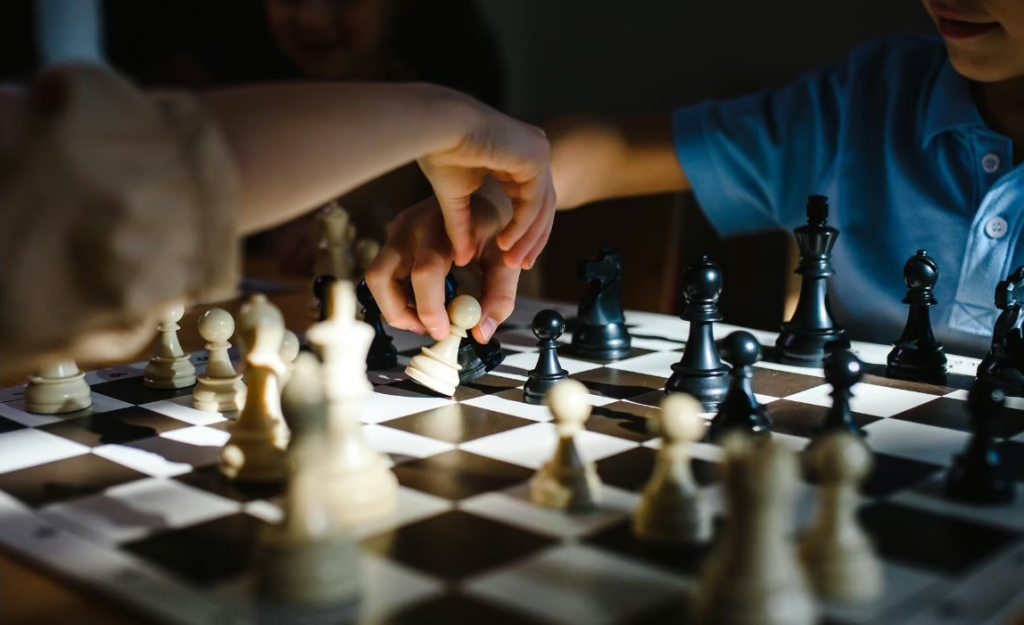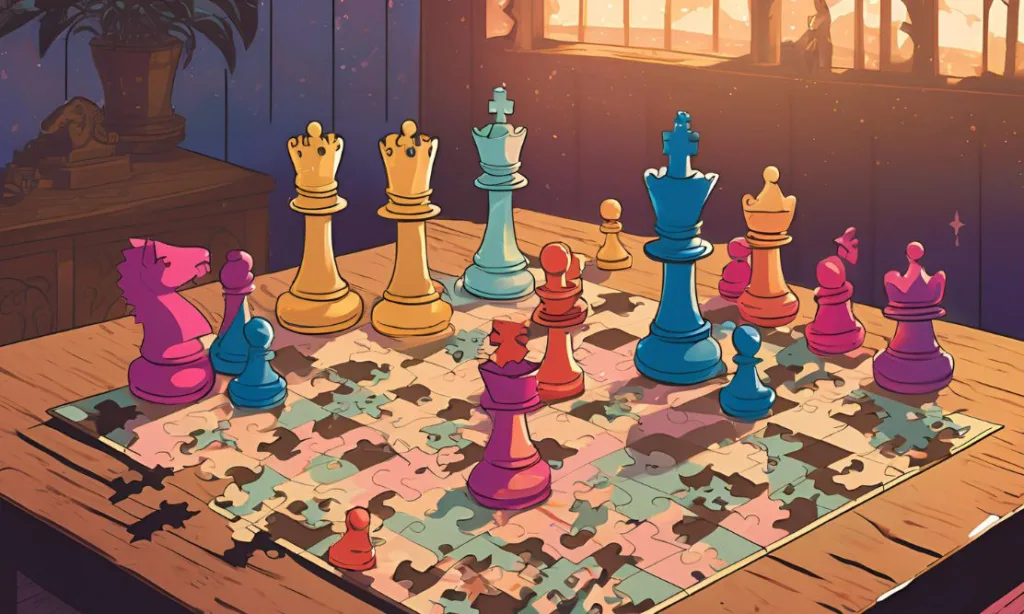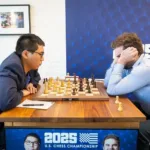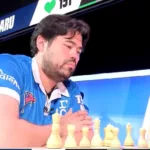What is a chess puzzle, and what are its types? This article aims to explain the concept and tricks behind chess puzzles for beginners.
Chess puzzles are like the brain’s version of a morning workout. They stretch your thinking, sharpen your instincts, and boost your confidence, all while being surprisingly fun. For beginners, chess puzzles offer a safe, controlled environment to explore tactics, improve pattern recognition, and experience the joy of finding the winning move.
What Are Chess Puzzles?
In simple terms, a chess puzzle is a challenge. You’re presented with a specific position, and your job is to figure out the best move—or sequence of moves—based on the clues hidden in the arrangement of the pieces.
The goal might be to:
- Deliver checkmate in one, two, or three moves.
- Win material (like capturing a rook or queen).
- Find a drawing move in a losing position.
Each puzzle is a miniature battlefield, and your task is to be the hero.
Why Should Beginners Try Chess Puzzles?
- Instant Satisfaction: Unlike full chess games, which can stretch on for hours, puzzles give you a quick dopamine hit when you solve them.
- Tactics Training: They help you spot common tactical patterns, such as forks, pins, skewers, and discovered attacks.
- Confidence Boost: Nothing beats the thrill of finding the perfect move and knowing you outsmarted the puzzle.
- Learning Without Losing: Puzzles let you practice without the pressure of an opponent waiting to capitalize on mistakes.

Types of Beginner Chess Puzzles
Here’s a snapshot of the most common beginner-friendly puzzles:
1. Mate in One
The simplest type of puzzle. You’re one move away from delivering checkmate. Your task? Spot it. For example, White to move:
Answer: 1.Nd6#
You think it’s easy? Try to solve these 10 Hardest Mate-In-1 Chess Puzzles.
2. Winning Material
Look for ways to capture an opponent’s valuable piece without losing anything significant in return. Now it’s Black to move to win material
Answer: 1… Qd4+. Black checks with the Queen and then capture the knight on e5 regardless of White’s move.
3. Avoiding a Blunder
Sometimes, a puzzle will test your ability to avoid walking into a trap. These teach you how to think defensively.
White to move:
You might have noticed that White’s king has only three possible moves: to b1, c1, or d1. If it moves to c1 or d1, Black can checkmate by playing Rg1. However, if the king moves to b1, it can escape checkmate by running to a2. Therefore, the correct move is 1. Kb1.
4. Tactical Themes
Puzzles that highlight common tactics, like forks, pins, and skewers. These are chess’s version of hidden treasures, waiting to be uncovered.
Tips for Solving Chess Puzzles
- Take Your Time: Puzzles aren’t a race. Focus on accuracy, not speed.
- Visualize the Board: Imagine the position after your potential move. Does it work?
- Ask Questions:
- What’s the threat?
- Can I deliver checkmate or win material?
- What are my opponent’s best responses?
- Start Easy: Begin with mate-in-one puzzles before tackling more complex challenges.
- Practice Daily: Consistency is key. Solve a few puzzles each day to see steady improvement.
To know more tips, you might want to read Chess puzzles for beginners: 11 valuable tips and examples.
Why Puzzles Make You Better
Puzzles aren’t just fun, they’re fresh. By solving puzzles, you train your brain to identify patterns, anticipate threats, and find creative solutions in real games. Over time, the moves that once felt difficult will become second nature.
Conclusion
Chess puzzles are the perfect playground for beginners. They’re challenging enough to stretch your skills but simple enough to keep frustration at bay. By incorporating puzzles into your practice routine, you’ll build tactical awareness, boost your confidence, and, most importantly, have fun along the way.
So, what are you waiting for? Start cracking those puzzles and watch your chess game soar.
I’m the senior editor of Attacking Chess, a keen chess player, rated above 2300 in chess.com. You can challenge me or asking questions at Chess.com.







2 thoughts on “Beginner Chess Puzzles: Cracking the Code One Move at a Time”
Comments are closed.